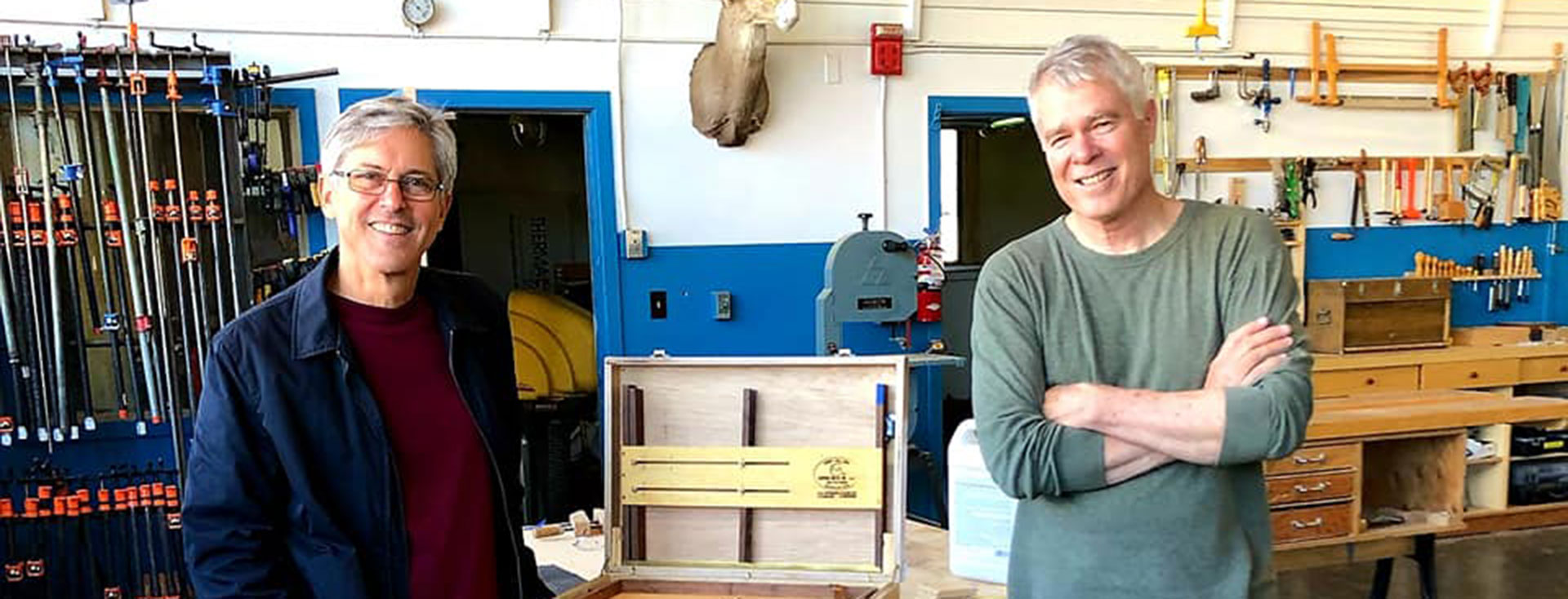The mission of the Living Design Foundation, Inc. is to fund robust self-sufficiency life-skill development through educational programs and organizations that teach, encourage, and support people in creating healthy and productive lives so they may be net contributors back to their families and society.
Selection Criteria
At the Living Design Foundation, Inc., our Target parameters include already existing schools and other recognized learning organizations in order to help their teachers and programs become effectively robust. “Robust” meaning:
- comprehensive, on-task skill development to a defined standard,
- utilizing skill and knowledge building activities alongside a parallel track of personal and social development, and
- evidence of a level of “vigorous engagement”, a willingness to take-on the whole person. Who are you? Your interests? Where are you going and how will you get there?
Other Target parameters include court programs, trade schools, and other community-based organizations. All have in common the need for robust life-skills/self-sufficiency programs and generally lack the funds, curriculum, class materials and staff needed to accomplish this.
As Bob VanMarle put it, “consider the entities whose stated desire is to “Rehabilitate.” That is to assume that every member they serve has actually ever been “Habilitated” in the first place.”
It’s a good point that much damage is caused by punishment into submission — not to mention a little cruel to expect someone to behave in a way in which they have little knowledge or experience. For people to make better choices, those better choices have to be readily available, familiar, and of greater personal value than past behaviors. A successful program is comprehensive, taking on the whole person and their personal and social development.
The Foundation’s larger intention is to engage these established organizations to review their current programing and to assist in creating a customized program fitting their existing facilities, number of students, available time, etc. This customized approach identifies the necessary, on-going organizational support, funding, classroom tools and supplies, teacher training, curricula and visual aids, peer collaboration, outside services, and other needs for a potentially successful program. These are the criteria and involvement evaluations we consider prior to becoming involved or fashioning an agreement with any organization.

More particularly, we look for great teachers. There is such a thing as talent—they reach students in a way that defies easy description. But, in any school district, parents know who they are. Students and administrators know who they are. We’ve all had the experience, and most of us can count those teachers who reached us in a profound way… on one hand.
If teachers have a hand in class design and content, if they are free from teaching to the test and clerical overload, and if we can let them go about the business of creating one more “wide-eyed learner” and give them the collaborative support they need, then we are all the richer for it.
“Ultimately, the need is for an informed, skilled, humane, and participatory citizenry.”
